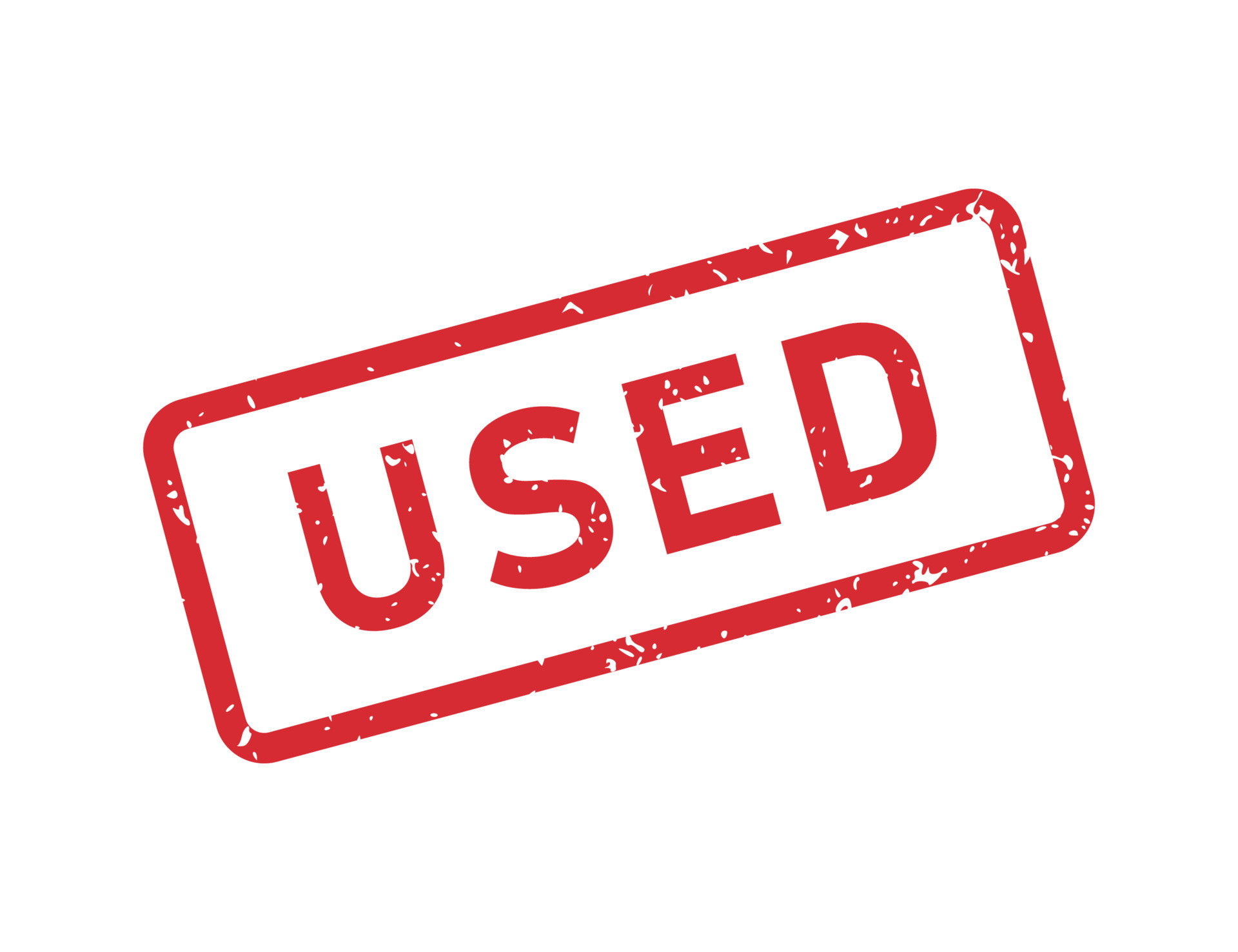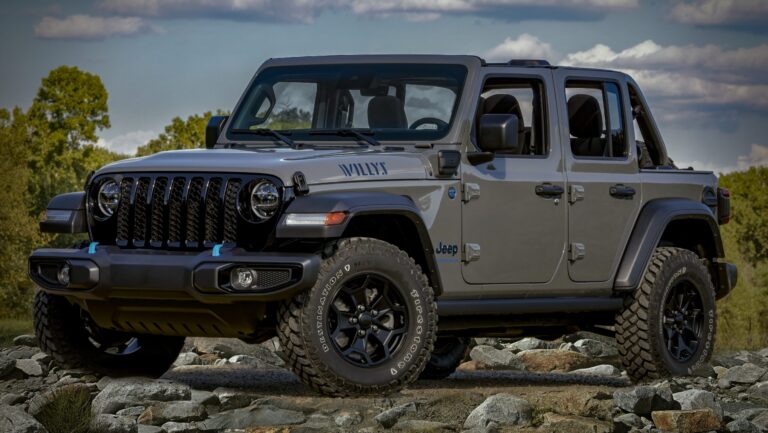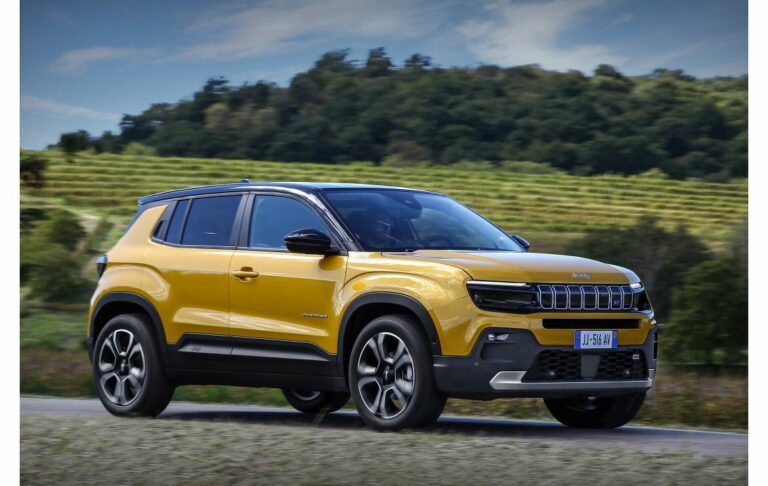Used Jeep Cherokee for Sale For $3000: Your Guide to Affordable Adventure
Used Jeep Cherokee for Sale For $3000: Your Guide to Affordable Adventure jeeps.truckstrend.com
The allure of a Jeep Cherokee is undeniable. For decades, this rugged, iconic SUV has captured the imaginations of drivers seeking capability, versatility, and a touch of American automotive heritage. But what if your budget is limited to a mere $3000? Is it a pipe dream, or a realistic gateway to owning a piece of off-road legend? This comprehensive guide will delve into the exciting, yet challenging, world of finding a used Jeep Cherokee for sale at the $3000 price point, offering practical advice, managing expectations, and empowering you to make an informed decision.
At first glance, a $3000 budget for a vehicle might conjure images of unreliable clunkers or cars on their last legs. However, for the discerning and prepared buyer, the Jeep Cherokee, particularly the beloved XJ generation (1984-2001), offers surprising value. Its robust inline-six engine, simple yet effective 4×4 system, and massive aftermarket support make it an ideal candidate for those on a tight budget who are willing to put in a little elbow grease. This isn’t about buying a showroom-ready vehicle; it’s about acquiring a capable platform for adventure, a reliable daily driver with character, or a rewarding project that can be transformed into a true off-road beast.
Used Jeep Cherokee for Sale For $3000: Your Guide to Affordable Adventure
Why a Jeep Cherokee for $3000? The Enduring Appeal
The longevity and continued popularity of the Jeep Cherokee, especially the XJ, are testaments to its fundamental strengths. Even at a $3000 price point, several compelling reasons make it a highly sought-after vehicle:
- Legendary Durability: The 4.0L inline-six engine found in most XJs is renowned for its bulletproof reliability and longevity, often exceeding 200,000 or even 300,000 miles with proper maintenance. This engine is a workhorse, capable of shrugging off years of neglect better than many modern counterparts.
- Off-Road Prowess: Despite its unibody construction, the XJ Cherokee boasts impressive off-road capabilities right from the factory. Its compact size, short overhangs, and solid axles (especially the Dana 30 front and Dana 35/44 rear) make it incredibly agile and capable on trails. For $3000, you’re buying a vehicle that can genuinely go where many others can’t.
- Simplicity of Design: The XJ is mechanically straightforward. This translates to easier and often cheaper repairs. Many common issues can be tackled by a DIY enthusiast with basic tools and a service manual, saving significant labor costs.
- Vast Aftermarket Support: The aftermarket for the XJ Cherokee is enormous. From lift kits and bumpers to engine components and interior upgrades, almost anything you can imagine is available, often at reasonable prices. This makes it an ideal platform for customization and improvement over time.
- Strong Community: The Jeep Cherokee has a passionate and active community. Online forums, social media groups, and local clubs are invaluable resources for troubleshooting, finding parts, and getting advice. This support network can be a huge asset when dealing with an older vehicle.
- Value for Money: When compared to other SUVs at the $3000 mark, the Cherokee often stands out for its unique blend of capability, simplicity, and potential for future enhancement. It’s a vehicle that can pay dividends in utility and fun for years to come, even if it requires an initial investment in maintenance.

What to Expect: Models and Conditions at the $3000 Price Point
When searching for a Jeep Cherokee for $3000, your focus will predominantly be on specific generations and conditions.
- The XJ Cherokee (1984-2001): This is your prime target. The vast majority of Cherokees available for $3000 will be XJs, particularly the later models (1997-2001) which received a refreshed interior and minor exterior tweaks. The 4.0L inline-six engine is almost universally present in these models and is highly desirable. You might find earlier XJs (pre-1997) as well, often at the lower end of the $3000 spectrum.
- Trims: Sport, Limited, Laredo, Classic, Country. While trims vary in features, the core mechanicals (engine, transmission, 4WD system) are largely consistent and robust across the board.
- Grand Cherokee (ZJ 1993-1998 & WJ 1999-2004): While these are also "Cherokees" in name, they are a different vehicle entirely, often larger and more luxurious (hence "Grand"). You might occasionally find a high-mileage ZJ or early WJ in rough condition for $3000, but they are less common at this price point and can be more complex to work on due to more electronics and different suspension designs (though still capable off-road). For simplicity and ease of repair on a budget, the XJ is generally preferred.
Condition Expectations:
A $3000 Jeep Cherokee will not be perfect. Here’s what you should realistically expect:
- High Mileage: Most vehicles at this price will have 150,000 to 250,000+ miles on the odometer. This is not necessarily a deal-breaker for a well-maintained 4.0L engine.
- Cosmetic Imperfections: Faded paint, clear coat peel, dings, dents, and scratches are almost guaranteed. The interior will likely show significant wear and tear: torn seats, cracked dashboards, sagging headliners, and non-working power accessories (windows, locks, AC).
- Minor Mechanical Issues: Expect some oil leaks (especially from the rear main seal or valve cover gasket), worn suspension components, and possibly some check engine lights related to sensors or minor emissions issues. These are often manageable but need to be factored into your budget.
- Rust: This is a major concern, especially in areas that use road salt. Inspect rocker panels, floorboards, frame rails (unibody structure), and door jambs thoroughly. Surface rust is common, but significant structural rust should be a red flag.
- Maintenance History: A vehicle with some maintenance records, even if incomplete, is always better than one with none.
The Pre-Purchase Inspection: Essential Steps for a $3000 Cherokee
Buying a $3000 vehicle is an exercise in risk management. A thorough pre-purchase inspection is paramount to avoid buying a money pit.
-
Initial Visual Walk-Around:
- Body and Frame: Look for rust, especially on rocker panels, wheel wells, and under the doors. Inspect the unibody "frame" rails for severe corrosion or bends. Check for evidence of major accidents (uneven panel gaps, fresh paint on only one section).
- Tires: Check tread depth and even wear. Mismatched tires or severe uneven wear can indicate alignment issues or worn suspension components.
- Fluid Leaks: Look under the vehicle for drips or puddles. Common spots include the engine (oil, coolant), transmission, and transfer case.
- Lights & Glass: Ensure all exterior lights work. Check windshield for cracks (major cracks can prevent inspection passing).
-
Under the Hood:
- Engine Oil: Pull the dipstick. Dark but not sludgy is acceptable. Milky or frothy oil indicates coolant mixing, a serious problem.
- Coolant: Check the reservoir. Look for proper level and color. Brownish or sludgy coolant indicates neglect.
- Belts and Hoses: Check for cracks, fraying, or excessive wear.
- Battery: Look for corrosion on terminals.
- Listen to the Engine: Start it cold if possible. Listen for knocking, ticking, or grinding noises. A typical 4.0L might have some valvetrain noise, but loud, persistent knocking is bad.
-
Interior Check:
- Dashboard Lights: Turn the key to "on" (without starting). All warning lights should illuminate and then extinguish after starting, except for the parking brake. A "Check Engine" light is a red flag.
- HVAC: Test the heater and AC. AC is often non-functional in older vehicles.
- Windows & Locks: Test all power windows and door locks. Common failure points.
- Seats & Belts: Check for tears, excessive wear. Ensure seat belts latch securely.
- Headliner: Sagging headliners are common but can be a nuisance.
-
The Test Drive:
- Start-up: Does it start easily?
- Transmission: Shift through all gears smoothly, both in drive and reverse. Listen for clunking or slipping.
- Brakes: Test brakes for pulling, pulsing, or excessive noise.
- Steering: Check for excessive play or looseness. Drive at highway speeds to check for "death wobble" (a violent shaking of the front end, common XJ issue).
- 4WD System: Engage 4WD (Hi and Lo) and drive a short distance (on loose surface like dirt, not pavement) to ensure it engages and disengages properly.
- Listen and Feel: Pay attention to any strange noises (clunks, squeaks, grinding), vibrations, or smells (burning oil, coolant).
-
Professional Inspection:
- Highly Recommended: Even if you’re handy, consider spending $100-$200 for a pre-purchase inspection by a trusted mechanic, especially one familiar with Jeeps. They can spot issues you might miss and give you a more accurate estimate of potential repair costs. This small investment can save you thousands.
Common Issues and What They Cost (Budgeting for Repairs)
A $3000 Cherokee will almost certainly require some immediate or near-future attention. Factor these common issues and potential costs into your total budget:
- Oil Leaks (Rear Main Seal, Valve Cover Gasket): Very common on the 4.0L. Rear Main Seal (RMS) is labor-intensive (engine/transmission removal often recommended) but can sometimes be lived with if minor. Valve cover gasket is relatively easy DIY.
- Cost: RMS: $300-$800 (parts + labor). Valve Cover Gasket: $30-$100 (DIY parts) / $150-$300 (parts + labor).
- Cooling System Overhaul: Radiator, water pump, thermostat, fan clutch, hoses. These wear out. Overheating is the 4.0L’s enemy.
- Cost: $200-$500 (DIY parts) / $500-$1000+ (parts + labor for full overhaul).
- Suspension Components (Ball Joints, Tie Rods, Bushings): Worn components contribute to poor handling and the dreaded "death wobble."
- Cost: $150-$400 per axle (DIY parts) / $400-$800+ (parts + labor).
- Electrical Gremlins: Power windows failing, dashboard lights, sensor issues (Crankshaft Position Sensor is common).
- Cost: Highly variable, from $20 (DIY sensor) to $300+ (power window motor + labor).
- Exhaust Leaks: Manifolds can crack.
- Cost: $100-$300 (DIY manifold) / $300-$600+ (parts + labor).
- Rust Repair: If structural, this can be very expensive and might make the vehicle not worth it. Surface rust or small holes in non-structural areas can be patched.
- Cost: Highly variable, from $50 (DIY patch) to $1000s (professional structural repair).
Crucial Budgeting Advice: For a $3000 Jeep Cherokee, you must allocate an additional $500 to $1500 for immediate post-purchase maintenance, essential repairs, and unforeseen issues. This money is for getting the vehicle reliable and safe, not for upgrades. Failing to do so will almost certainly lead to frustration and a stalled project.
Maximizing Your $3000 Cherokee: Tips for Owners
Once you’ve acquired your $3000 Cherokee, the real adventure begins. Here’s how to make the most of your budget-friendly off-roader:
- Prioritize Maintenance: Before any fun upgrades, address all critical maintenance items. Change all fluids (oil, transmission, transfer case, differentials, coolant), replace spark plugs, air filter, and fuel filter. Lubricate chassis components. A well-maintained engine and drivetrain will last much longer.
- Embrace DIY: The XJ Cherokee is a fantastic platform for learning basic automotive repair. Invest in a good service manual (Haynes or Chilton), watch YouTube tutorials, and join online forums. Many common repairs are surprisingly straightforward and can save you a fortune in labor costs.
- Start with the Basics for Upgrades (If Desired): If you plan on off-roading, begin with simple, effective upgrades like good all-terrain tires, a basic 2-3 inch lift kit (often available used or affordably new), and recovery gear (tow strap, shovel). Don’t go overboard until you understand your vehicle’s capabilities and your needs.
- Scour Junkyards/Salvage Yards: These are goldmines for affordable replacement parts like interior trim, power window motors, headlights, or even spare axles.
- Join the Community: Online forums like NAXJA (North American XJ Association) and Cherokee Forum, along with local Jeep clubs, are invaluable resources. You can find advice, buy/sell parts, and even get help with repairs.
- Be Patient and Realistic: Don’t expect your $3000 Cherokee to be perfect overnight. It’s a journey. Tackle one repair or upgrade at a time, and celebrate small victories.
Price Expectation Table for a $3000 Used Jeep Cherokee (XJ)
This table outlines what a buyer can generally expect when purchasing an XJ Cherokee in the $3000 price range.
| Feature/Aspect | Typical Expectation for a $3000 Used Jeep Cherokee (XJ) |
| Model Year Range | Predominantly 1995-2001 (Late XJ generation), possibly early 90s models. Less likely ZJ/WJ (Grand Cherokee), if so, likely in need of substantial work. |
| Mileage | High Mileage: Expect 150,000 to 250,000+ miles. The 4.0L engine is capable of these numbers, but other components may be worn. |
| Engine | 4.0L Inline-6 (High Output is preferred, but Renix is also solid). Expect minor oil leaks (e.g., Rear Main Seal, Valve Cover Gasket). |
| Transmission | AW4 Automatic (generally reliable) or AX-15 Manual (less common but robust). Check for smooth shifts, no slipping, and proper fluid levels. |
| Drivetrain | Command-Trac (NP231) or Selec-Trac (NP242). Verify 4WD engages and disengages correctly in both High and Low ranges. |
| Exterior Condition | Visible dents, scratches, faded paint, clear coat peel. Minor to moderate rust spots on rocker panels, fenders, and



